When choosing a high-precision paper tube cutter, you need to consider the equipment performance, process requirements and production efficiency. The following are the key parameters and selection recommendations:
1. Cutting accuracy
• Core parameters: usually within ±0.05mm, suitable for precision packaging, industrial coils and other scenarios.
• Influencing factors:
◦ Servo system performance.
◦ Mechanical transmission mode (linear guide is better than ordinary lead screw).
◦ Tool rigidity (carbide or diamond-coated inserts have longer life).
2. Cutting length range
• Adaptation requirements:
◦ Chopped (50-300mm): suitable for electronic component sleeves.
◦ Long cut (300-2000mm): commonly found in paper and textile industries.
◦ Expandability: Choose a model with an extendable rail to accommodate future needs.
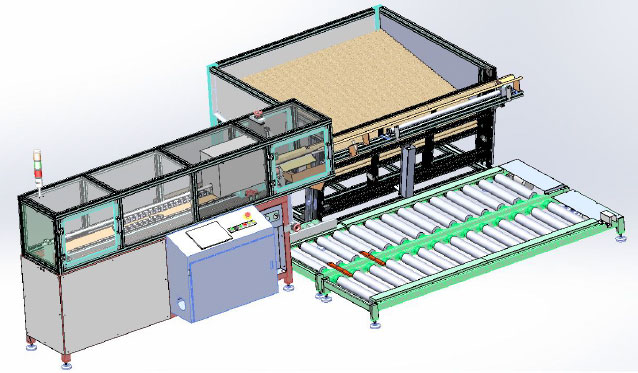
3. Pipe diameter adaptability
• Key Indicators:
◦ Minimum pipe diameter: ≤5mm (need to be equipped with flexible clamping device).
◦ Maximum pipe diameter: ≥300mm (need to be reinforced spindle support).
◦ Special design: Clamp with angle adjustment is required for taper tube cutting.
4. Cutting speed
• Industry benchmarks:
◦ Ordinary paper core: 60-120 times/min.
◦ Thickened industrial pipe: 20-50 times/min (the speed needs to be reduced to ensure that the incision is smooth).
◦ Frequency conversion control: It is recommended to be equipped with a vector frequency converter to realize speed segmentation adjustment.
5. Degree of automation
• Upgrade Configuration:
◦ Basic type: manual feeding + pneumatic clamping (suitable for small batches).
◦ High-end type: manipulator automatic stacking + visual positioning system (error < 0.1mm).
◦ Intelligent function: It needs to support MES system docking to realize production data traceability.
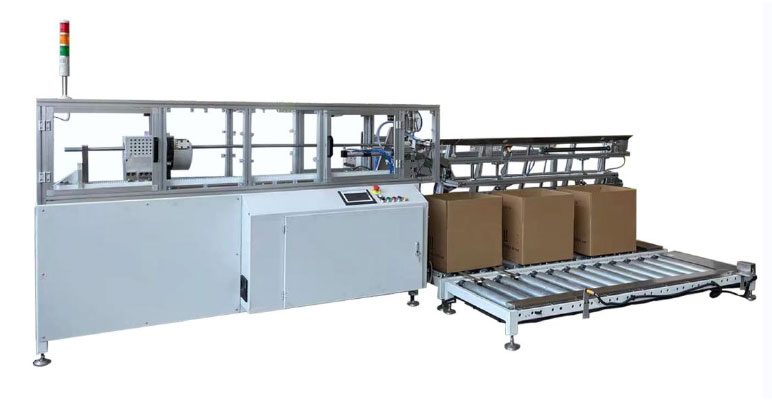
6. Material Compatibility
• Special Handling:
◦ Moisture-proof paper tube: The blade should be heated (80-120°C) to prevent the fiber from tearing.
◦ Composite material: Choose ultrasonic cutting technology to avoid delamination.
7. Security Protection
• Required Certifications:
◦ CE standard: emergency stop button + grating protection.
◦ National Machinery Safety GB Standard.
• Innovative design: Infrared thermal emergency shutdown to prevent tool overheating accidents.
8. Energy efficiency
• Energy-saving solutions:
◦ Servo motor saves 30%-50% power compared with asynchronous motor.
◦ It is recommended to check ENERGY STAR certified models.
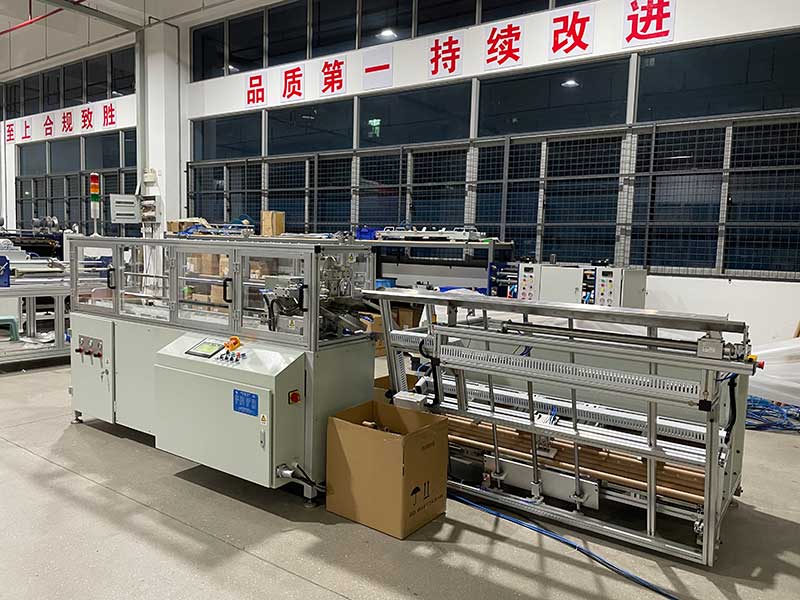
Selection decision tree
1. Clarify the requirements: batch (monthly capacity), material (gram weight/number of layers), accuracy level.
2. Budget Matching:
3. Verification test: Suppliers are required to provide trial cutting reports of the same material.
Maintenance points
• Tool maintenance: check the edge wear every 8 hours (observe with a magnifying glass).
• Calibration interval: The laser positioning system needs to be calibrated monthly with a block gauge.
By systematically evaluating these parameters, procurement risks can be significantly reduced and equipment ROI can be ensured. It is advisable to give preference to suppliers who provide customized process solutions, rather than equipment manufacturers.
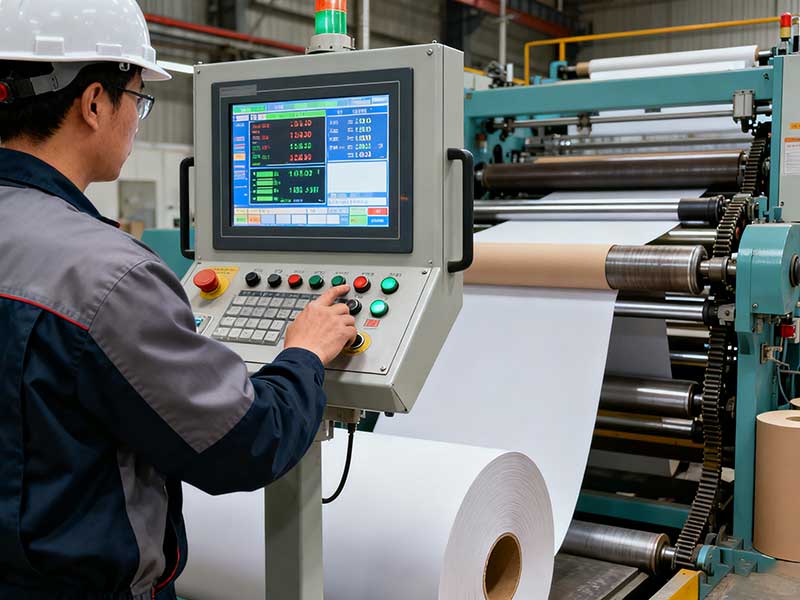
With the advancement of Industry 4.0, paper slitting machines are moving in the direction of smarter and more connected.
25. October, 2025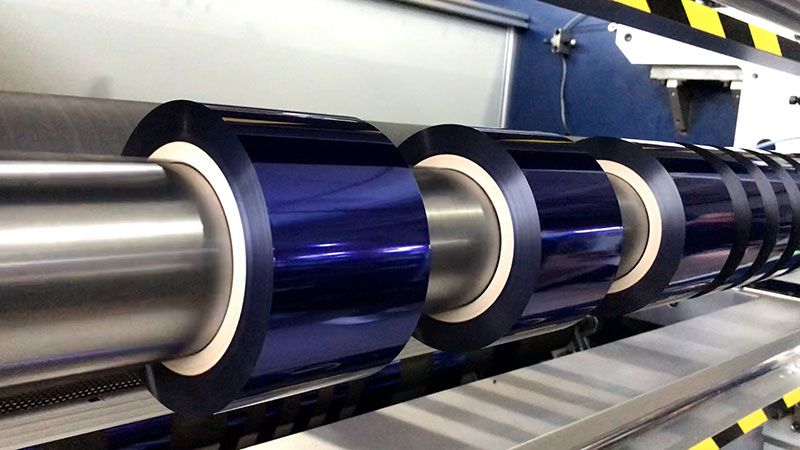
Before formulating a slitting plan, it is essential to fully understand the properties of each material and its impact on the slitting process.
23. September, 2025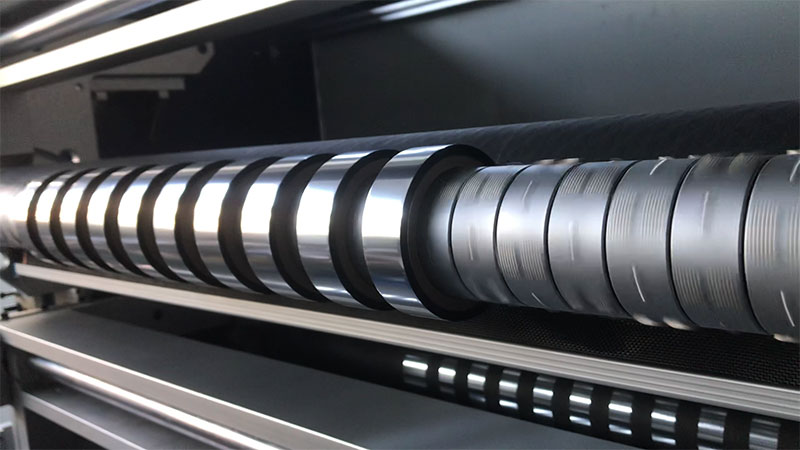
Having advanced slitting equipment and technology is itself an endorsement of the strength of the enterprise.
23. September, 2025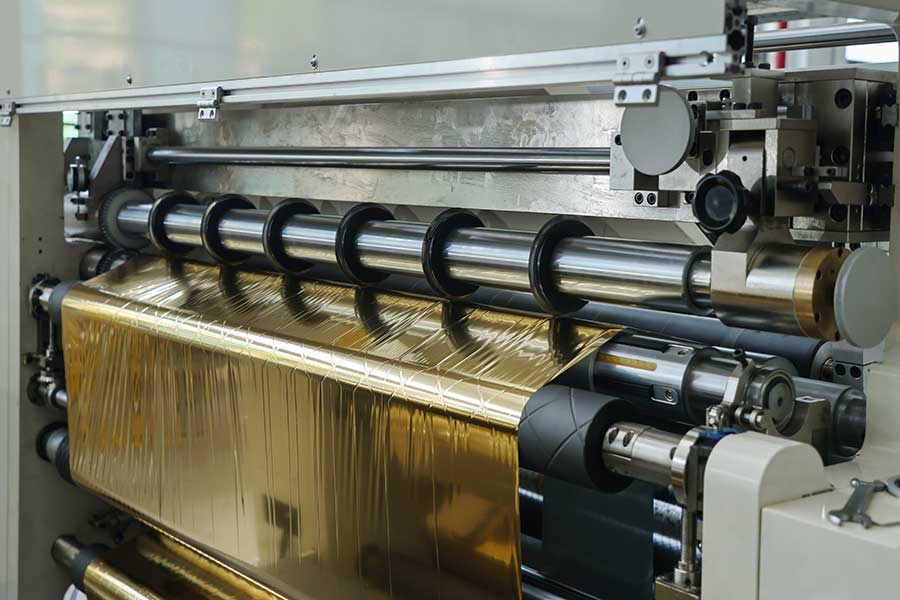
After slitting, the physical state of the edge of the coil of hot stamping paper directly affects the subsequent processing and application.
23. September, 2025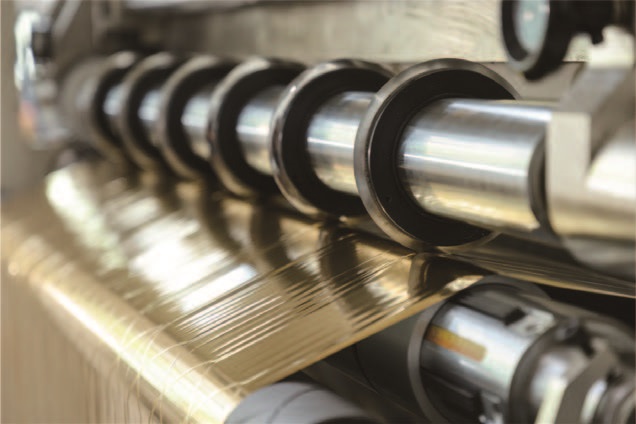
As a key device for post-processing, the hot stamping paper slitting machine has seen a steady growth in market demand.
20. September, 2025